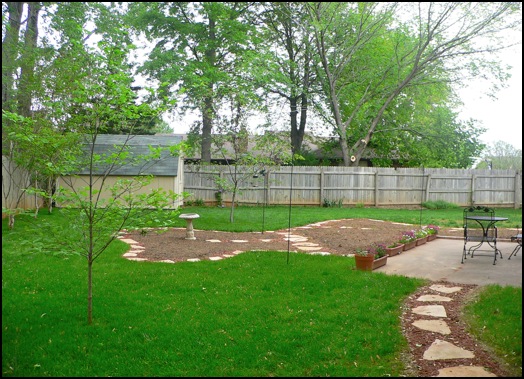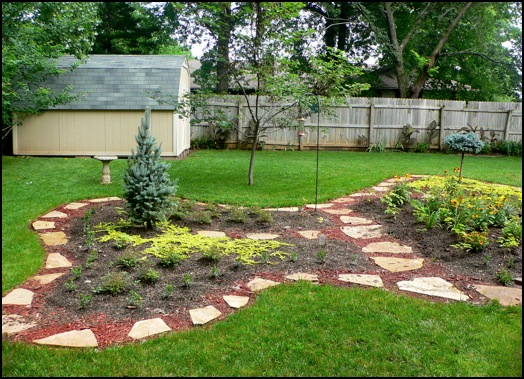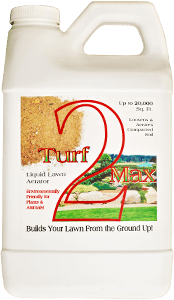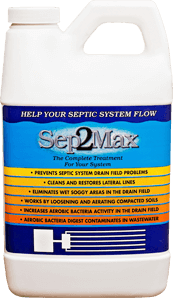As is the case with all other garden tasks, a significant amount of effort will be required for garden soil preparation. This must be completed prior to seeding or installing live plants.
Check the Soil pH
Before you begin, be sure to check the soil pH for your garden soil. Some plant species are intolerant of either acidic or alkaline soils. This simple test should be carried out prior to seeding or installing live plants.
Purchasing a pH meter is a wise investment and could prevent problems in your garden. See the pH of soil page for more information regarding soil pH. Some gardeners submit soil samples to a private laboratory to get a complete soil analysis. The soil lab should make recommendations in a comprehensive report.
Prepare the Soil
The next step is to turn the soil either with a garden spade, shovel or a rototiller to at least eight to ten inches. We suggest doing this in late winter, a few weeks before planting. Disturbing the soil should facilitate weed growth.
Weed Control
After waiting for a couple of weeks now is the time to spray the weeds with a herbicide, such as glyphosate. Wait for at least 7 – 10 days to determine if another application of herbicide is required. If so. Spray again.


Add Mulch
After the weeds have been killed, add at least four to six inches of organic matter such as pine or cypress compost, peat moss, or your own compost and till again.
A composter is an effective way to produce high-quality soil rich in organic matter for use in your flower beds or vegetable garden. Be sure to periodically turn the material over to ensure a complete composting of the organic material.
Composters come in all sorts of sizes and styles. Some claim to be better than others. Maybe. But all they do is hold the organic matter.
Apply Turf2Max Liquid Aeration
After finishing these, steps now is the time to add any products recommended by the laboratory. We suggest you consider adding an application of Turf2Max. It will improve soil drainage and loosen and aerate the soil in the root zone. This will provide an optimum growing environment for your plants and better utilization of nutrients and water.
The rewards of proper garden preparation will become obvious when the fruits of your labor have paid off.

